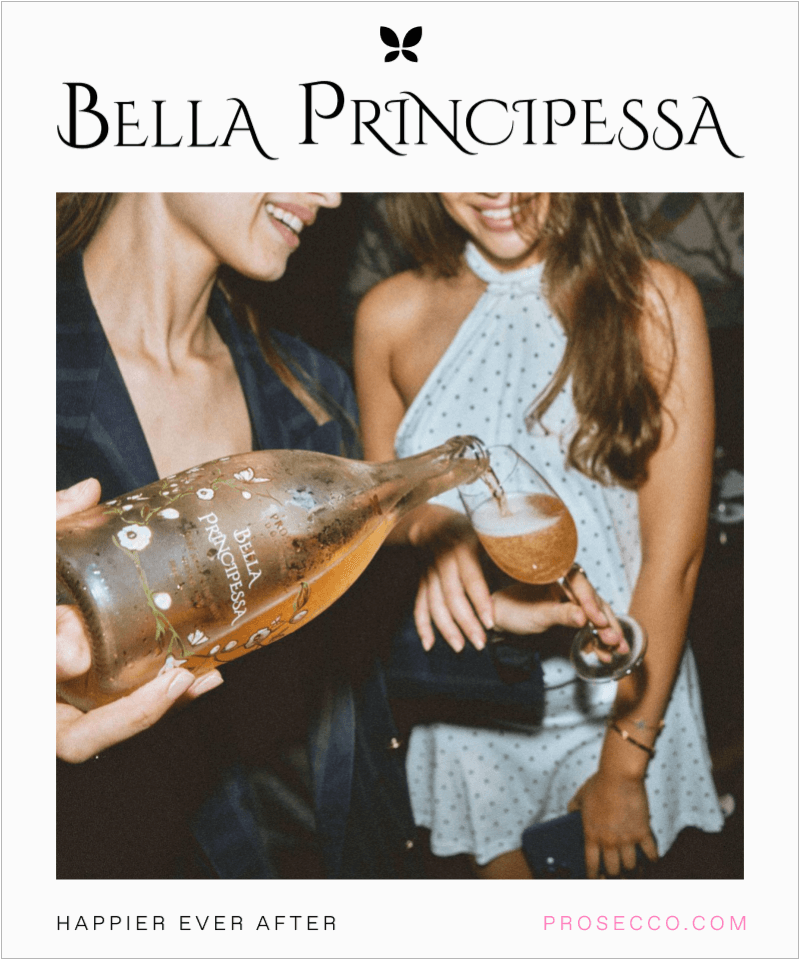The aging of wine, usually red wine, is done to improve its character, depth, and quality – elements that distinguish wines from other beverages.
Something grand and magical happens inside a barrel or bottle beyond the control of human hands. Winemakers do their best and then wait to taste the results – a thrilling and nail-biting process.
While aging red wine but not white wine is a rule of thumb but not absolute.
If in doubt, it’s better to drink wine too young than too old.
As wine ages, its youthful characteristics will change to a paler hue and mute its dryness.
The coarse tannins of a young, robust wine soften with age for a smoother, more mature mouthfeel.
The color and opacity of red wine shed its inky purple and vibrant red youthfulness to take on amber and orange hues. These changes occur as wine ages in step with the various chemical reactions of the phenolic compounds.
A clear sign of an aged wine is the molecules that bind together to create larger particles that separate and form visible sediment. The sediment separates from the drinkable wine in a decanter.
Chardonnay white wine, for example, has an oaky palette and character defined by aging in a wooden barrel. Some rare fortified and sweet white wines also age well.
That said, most white wines should be drunk as they are released into the market because their fragility and lower antioxidant content are not well suited for aging.
What most consumers don’t know, though, is that most commercial red wines have the potential to improve with further aging. According to Master of Wine, Jancis Robinson, only the top 10% of red wines and the top 5% of white wines are worthy of aging, and only 1% of wines improve by aging over a decade.
Most commercial wines lose their vibrancy in color and aromatic bouquets within the first six to twenty-four months in the bottle, depending on the variety of wine.
The general rule of thumb is simple to remember. The lower the pH level of wine, the higher it’s capacity for improving with age. The higher the phenolic density in a wine, the characteristic that distinguishes between red and white wines, the greater the chances for successful aging.
The aging of wine, usually red wine, is done to improve its character, depth, and quality – elements that distinguish wines from other beverages.
Something grand and magical happens inside a barrel or bottle beyond the control of human hands. Winemakers do their best and then wait to taste the results – a thrilling and nail-biting process.
While aging red wine but not white wine is a rule of thumb but not absolute.
If in doubt, it’s better to drink wine too young than too old.
As wine ages, its youthful characteristics will change to a paler hue and mute its dryness.
The coarse tannins of a young, robust wine soften with age for a smoother, more mature mouthfeel.
The color and opacity of red wine shed its inky purple and vibrant red youthfulness to take on amber and orange hues. These changes occur as wine ages in step with the various chemical reactions of the phenolic compounds.
A clear sign of an aged wine is the molecules that bind together to create larger particles that separate and form visible sediment. The sediment separates from the drinkable wine in a decanter.
Chardonnay white wine, for example, has an oaky palette and character defined by aging in a wooden barrel. Some rare fortified and sweet white wines also age well.
That said, most white wines should be drunk as they are released into the market because their fragility and lower antioxidant content are not well suited for aging.
What most consumers don’t know, though, is that most commercial red wines have the potential to improve with further aging. According to Master of Wine, Jancis Robinson, only the top 10% of red wines and the top 5% of white wines are worthy of aging, and only 1% of wines improve by aging over a decade.
Most commercial wines lose their vibrancy in color and aromatic bouquets within the first six to twenty-four months in the bottle, depending on the variety of wine.
The general rule of thumb is simple to remember. The lower the pH level of wine, the higher it’s capacity for improving with age. The higher the phenolic density in a wine, the characteristic that distinguishes between red and white wines, the greater the chances for successful aging.










